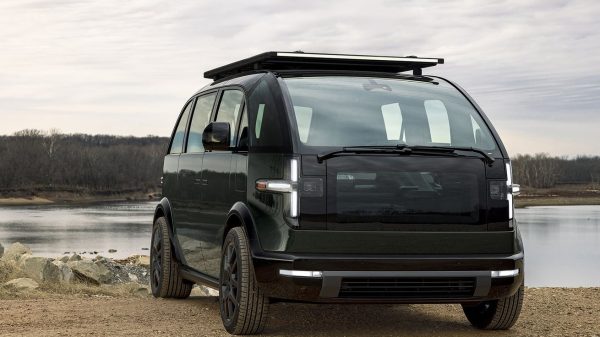
Waymo’s driverless vehicles can detect emergency vehicles, know how to respond to hand signals for traffic cops, and can be disabled manually when something goes wrong, according to an independent review of the company’s first responder protocols.
As such, the Alphabet company’s first responder protocols passed an independent review conducted by Tüv Süd, a German tech inspection company. The firm’s assessment found that Waymo’s First Responder Program “meets industry standards” for responding to emergency situations, which is in line with the best practices set out in the Society of Automotive Engineers (SAE).
Waymo — and indeed the entire autonomous vehicle industry — has been under intense scrutiny, especially around how its driverless cars behave around police, fire, and other emergency responders. But Waymo is staking out the position that it goes beyond what’s required to prove that its vehicles are trustworthy.
Case in point: having its first responder protocols scrutinized by an independent group like Tüv Süd. The company has also publicly released its own guide for first responders who are responding to incidents involving autonomous vehicles. The 32-page document includes a toll free number for getting in touch with remote operators, a visual guide for disabling the vehicle’s autonomous mode, and instructions for how to disconnect the high-voltage battery.
Waymo also hosts training sessions for police and fire officials in the cities in which it operates. The company says it has trained 15,000 first responders from over 75 agencies.
Waymo isn’t the only company to seek Tüv Süd’s stamp of approval. The German firm also audited Aurora’s safety guidelines for its self-driving trucks, as well as protocols for autonomous freight company Gatik.
Given some of the history, it’s understandable why Waymo feels it needs to go to such lengths to assure first responders that it’s a good actor. In San Francisco last year, city officials pleaded with regulators to reconsider a measure to allow robotaxis to operate 24/7, citing a spate of incidents in which autonomous vehicles have stopped traffic, blocked buses, or obstructed emergency vehicles. And despite Waymo’s efforts to promote itself as a safe operator, these incidents keep happening.
Last July, Phoenix police pulled over a driverless Waymo vehicle that was driving in the oncoming lane of traffic. (The company blamed “inconsistent” construction signs.) And in October, a Waymo car ignored police in Austin trying to direct traffic outside a football game. Meanwhile, another Waymo partially blocked an intersection nearby and prevented an escorted bus from passing through, according to Axios. (The company said these were minor occurrences and that its vehicles provide thousands of rides each week in Austin without incident.)
As Waymo continues to slowly march ahead, launching in new cities and taking on new partners, the company is mindful that one bad incident is all it takes for everything to collapse. It happened to Uber and, more recently, to Cruise. That’s why it needs to take all precautions it can to prove that its vehicles are as safe, if not safer, than human drivers.
























